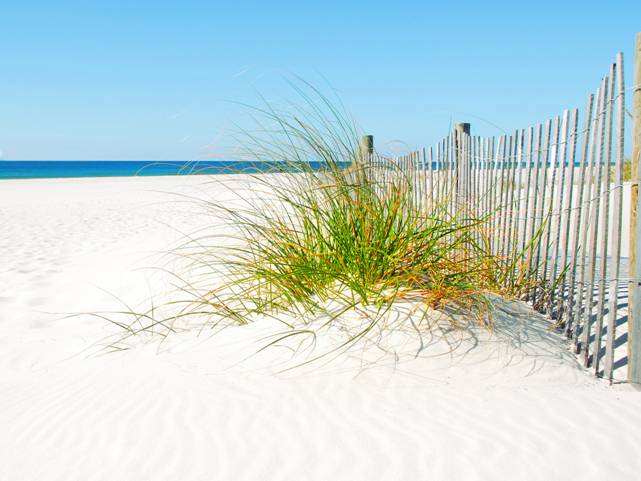
Salty Sam’s Fun Blog for Children
Number 537
The Titanic
Hello Everyone
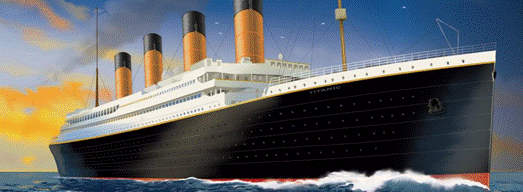
Whenever you take to sea in any boat, whether it be large or small, there is always a possibility of it sinking or capsizing.
Because of this, every person who takes a craft out to sea should know how to steer it, navigate to a destination and call for help if necessary.
lt is also helpful to know how to do emergency repairs to your vessel and know about first aid in case any of your crew has an accident.
When on the high seas, it is usual for any ship in distress to rely on anyone near coming to their assistance even if it takes that vessel off course and off schedule.
But you can be very alone in the middle of the ocean and there may be nobody near to come to your aid.
This is what happened to a ship called Titanic and the story of its sinking is one of the most terrible and distressing in maritime history.
The worse thing about the accident is that, although many lives were lost, if the management of the incident had been different, it should have been possible for all on board to escape the ship with their lives.
Without proper preparation of the ship and organization of people once the ship was beginning to sink – the story of the Titanic has gone down in history as one of the biggest human blunders in history.
The result of bad management spelled disaster for a lot of innocent victims who met a terrible end in the middle of the frigid waters of the Atlantic.
This is their story…
At noon, on 10th April, 1912, RMS (Royal Mail Ship) Titanic left Southampton Water in brilliant sunshine on its maiden (first) voyage bound for New York. After docking in France and lreland to pick up more passengers and cargo, it set sail across the North Atlantic Sea.
lt was due to reach New York on 17th April.
At the time, it was the largest man-made object in human history, and the most glamorous and luxurious cruise ship afloat.
lt took three years to build in the Harland and Wolff dockyards of Belfast. lt had two sister ships called the Olympic and the Britannic. The three together cost 4½ million pounds to build and that really was a lot of money in those days.
The Titanic was a fast ship travelling up to 22½ knots (that is faster than 22½ miles an hour).
lt was also famously advertised as unsinkable.
There were estimated to be about 2,208 – 2,224 people on board including a crew of around 891. There were also nearly 3,500 sacks of letters and packages.
The ship had 10 decks and four funnels at the top, three of which acted as chimneys to the coal furnaces that powered the ship. The furnaces were constantly stoked by 175 men called stokers who worked in shifts.
The ship looked most impressive.
So much interest was there in the ship, that over 100,000 people came to witness her launch.
The tickets to travel on her were expensive; there were three classes of accommodation: first, second and third class. So aboard there were millionaires and even billionaires and penniless emigrants who owned next to nothing. But it was really designed to carry rich people.
There was a swimming pool on board as well, and high-class restaurants and luxurious cabins. Third class accommodation was more basic but still comfortable.
There were leisure facilities for all three classes.
There were lots of members of staff on board including women who befriended women passengers travelling alone; they were called chaperones.
There was a daily newspaper produced on board by a printer for the passengers to read called The Atlantic Daily Bulletin. The latest news from shore was received by the ship’s wireless operators.
Four days into the voyage at 20 minutes to midnight, a lookout saw a growler iceberg dead ahead and alerted the men on the ship’s bridge. Most of the iceberg was invisible because it was below the waterline. (Blog Post 47)
ln the boiler room, just before the ship hit the iceberg, the men stoking the boilers noticed the rats fleeing from the bow end of the ship – which they thought was strange at the time.
The ship was going at full speed, and although the crew steered away from the iceberg, it was too late to avoid it.
The ice struck into the starboard (right) bow denting the riveted steel plates of the hull. The seams buckled and parted.
The crew on the Titanic had been warned of many icebergs in the area, but they needed to keep to their timetable and they did not think that the icebergs posed a great threat to a ship of such modern design.
The ship had been called unsinkable by its owners because it had 16 watertight compartments; but the four at the front and the four at the back were the only ones that were truly watertight and the iceberg damaged more than the first four. lf they had hit the iceberg straight on and not tried to turn away from it, the story might have been different.
Water began to flood the bow of the ship and then wash into compartment after compartment working its way through the ship.
The order to man the lifeboats was given – that meant that people had to get into them.
lt was traditional that women and children had priority to be saved, and there are stories of some men dressing as women to try and secure a place to save themselves.
There were not enough lifeboats provided for everyone on board, so sure were the ship operators, the White Star Line, that nothing could ever go wrong with their magnificent ship. There were twenty lifeboats capable of carrying 1,178 people; four of which were collapsible and proved hard to launch in the emergency.
On the maiden voyage, there were vacant spaces for another 1,100 people, so the ship was not even travelling at full capacity.
This was because a national coal strike had disrupted many Atlantic crossings in the time before the Titanic’s voyage, and many people had cancelled their bookings in all the uncertainty. Some who had booked to travel on the Titanic did not turn up to board the ship.
The lifeboats had food, water, blankets and a spare lifebelt along with some lifelines to pick people up if they had fallen in the water. There were 16 davits each able to handle four lifeboats. (Davits are arms that look like mini-cranes that lower boats over the side of a ship.)
This would have given the ship capacity to offer places in lifeboats for 4,000 people. The ship’s designer had planned well; but the ship’s owners did not supply the ship with a full complement of lifeboats.
The owners had, however, provided more lifeboats than the legal requirement.
lt was thought that the lifeboats would be used to ferry the passengers to a rescuing ship rather than carry them afloat for a considerable time or take them all the way to shore.
The launching of the ones they had was not organised properly, and some were lowered over the side without being full – and some had very few people aboard.
The crew had not been properly trained to deal with an evacuation and did not even know how many people to put into each boat. There were 500 empty seats that could have been filled in the adequate time that they had to organize the filling of the boats.
Most third class passengers were left to fend for themselves and many of them were trapped below decks as the ship began to sink.
Panic spread, and some people even jumped into the water rather than go down with the ship. But the temperature of the water was just below freezing and they did not survive for more than about 10 minutes.
Some men found an upturned lifeboat and stood on the hull pushing others away so that the boat would not be overloaded.
Only the chief baker, C Joughin survived falling into the water to continue his career at sea.
He was one of only 712 people who survived.
At 2.20 am, after breaking in two, the ship disappeared under the water forever with over 1,000 people still on board; and all fell silent.
Some people stayed on board where it was warm because they had a strong belief that the ship could not sink – they were brainwashed by all the prelaunch hype.
The boat took two hours to sink and in all that time the officers continued to think that someone would come to their rescue. Famously the on-board orchestra carried on playing their instruments.
The captain, Edward Smith, some of the wealthiest people in the world, and hundreds of people emigrating to the New World planning to make a new life for themselves, went down with the ship.
Just under two hours later, the Cunard liner RMS Carpathia arrived at about 4am and took about 705 of the survivors aboard. There were further deaths as people died from their injuries or from exposure to the cold.
The Carpathia sailed on to New York and arrived three days later. The crew was later given a monetary reward (money) for their efforts by the Cunard shipping company that employed them, and also the survivors they helped.
Distress signals had been sent by wireless and rocket flares when the crew of the Titanic knew they were in big trouble.
A ship called SS Californian had seen the rockets but failed to respond quickly enough. lf it had, the lifeboats may have been able to ferry all the passengers to this nearby ship as they were designed to do.
Some bodies were retrieved later, some were left to be ‘buried at sea’, and some could not be found.
Some passengers eventually wrote books about their experiences.
Several cities have memorials to the victims.
A morbid fascination remains about the ship and movies have been made about the story of what happened to it and those aboard.
Many regulations were put in place to improve maritime communications and safety because of the tragedy and the ensuing (following afterwards) public outrage. Enquiries were set up to find out what had caused the tragedy and charities were set up to help the victims.
Nowadays, all passengers aboard ships are taught life boat drill and there are enough boats supplied to accommodate all of them.
The deteriorating wreck of the Titanic was located and partly searched in 1985. Thousands of artefacts from the wreck have now been retrieved.
There is a permanent exhibition of some of them in Las Vegas.
The final survivor, Millvina Dean from England, died in 2009 at the age of 97; she was rescued from the Titanic at the age of nine weeks.
What happened to the ship that fateful night shows how something so wonderful can end so disastrously when people don’t take enough care to think about taking proper safety precautions.
This is one of the reasons the events remain in people’s memories.
The sinking of the Titanic is an important cautionary tale.
Bye bye everyone – don’t forget to subscribe to my blog!
Love and kisses
Salty Sam

www.christina-sinclair.com

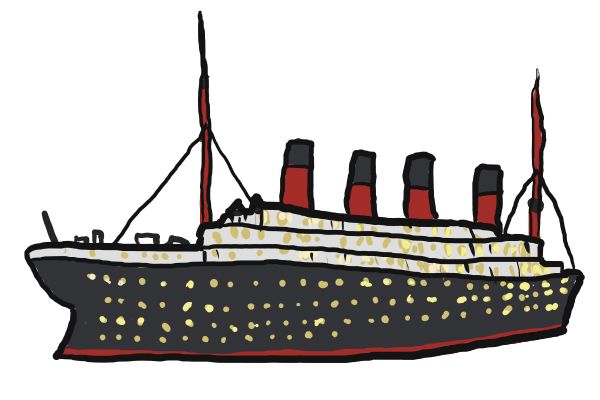
Bill and Bob’s Joke of the Week![]()
![]()
Bill: What book did you borrow from the library this week Bob?
Bob: l got How to Win Elections by Vic Tory.
Bill: l got The lnterpretation of Dreams by Lucy Nations and lnteresting Travels by Wanda A. Bout
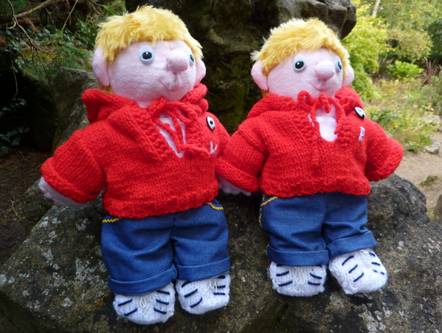
Salty Sam © Christina Sinclair 2015
Unauthorized use and/or duplication of material from this blog without express and written permission from this blog’s author and owner is strictly prohibited.
Links may be used to www.christina-sinclair.com

Picture Gallery
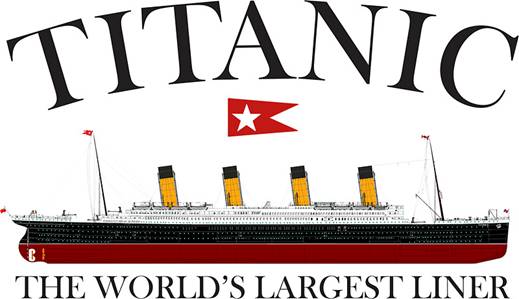
The White Star Line

The biggest ship on the sea
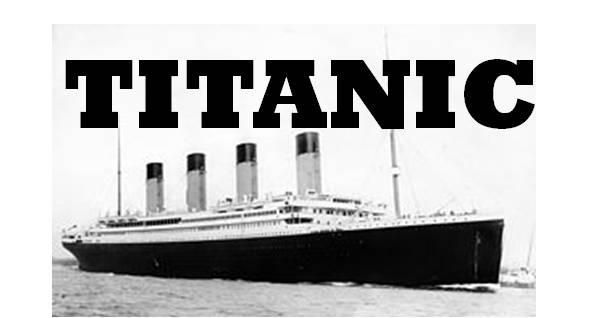
Ten decks high

On deck
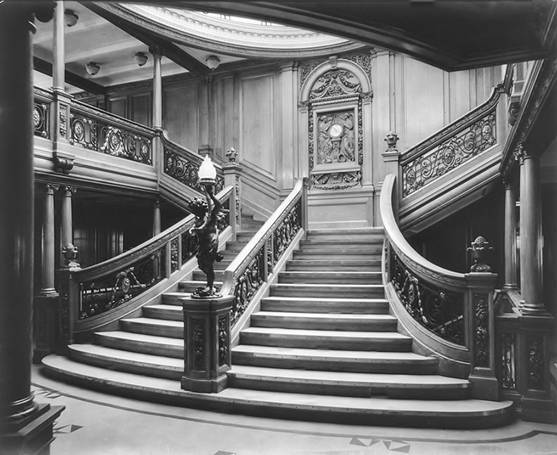
The grand design inside
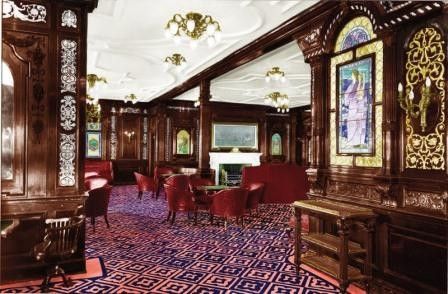
The inside was designed to look like an English country manor house
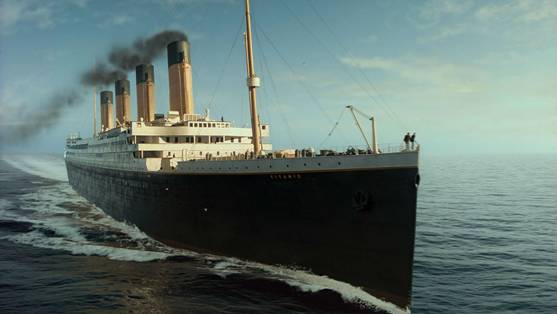
Three funnels were in operation
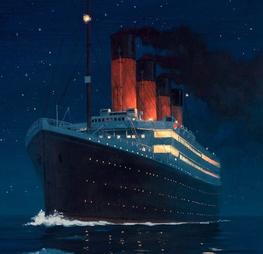
Travelling at speed
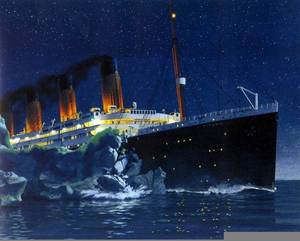
Most of the iceberg was under the water

The ship was holed below the waterline

The ship broke in two as it sank
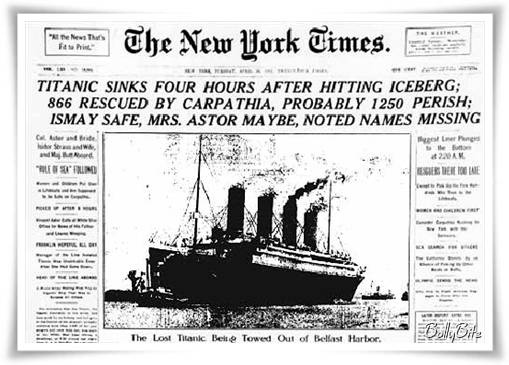
Newspaper reports were confused at first – before all the facts emerged
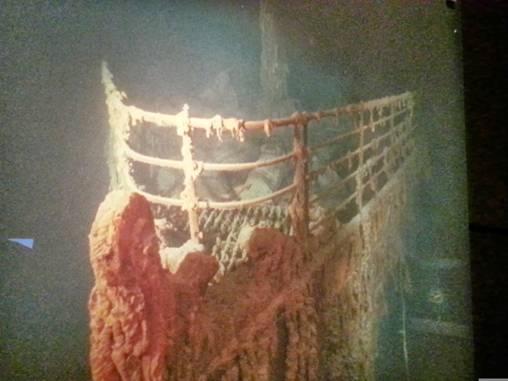
The ship is now on the seabed
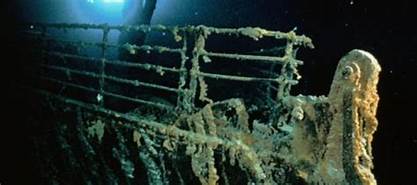
It is a wreck site
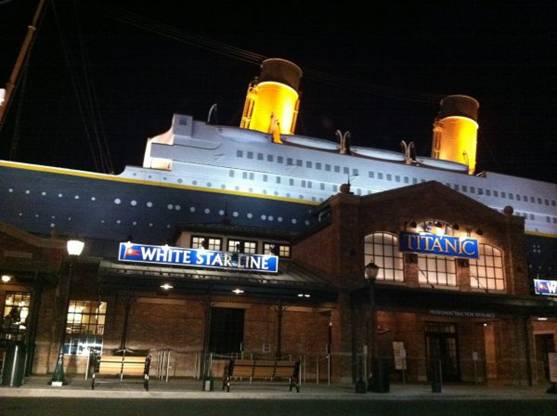
A museum to visit


 THE SALTY SAM NEWS DESK
THE SALTY SAM NEWS DESK

This week, Miss Pringle reminded her class yet again about checking their work.
She told them that they would hand in far more polished pieces of work if they were not full of silly mistakes.
There were certain words that could easily be written down wrongly when you were thinking more about creating your story or trying to explain things than watching what you were writing down.
These are some of her top ‘danger words’.
They are words that are commonly and very easy misspelled.
It is not so much that you don’t know how to use them and what they mean; it is more that they are just so easy to get wrong when you are writing them.
Do you always think about whether you have written them down correctly when you are writing in class or doing your homework?
It is a good habit to pick up.

All of these sentences are wrong – look at how odd they seem!
Well, I hope they do look odd to you!
The fabric was very thick and course
Of coarse you can go if you would like to
Chocolate mousse is my favourite desert
The dessert was hot and dry and it took us days to cross it
The boat broke lose in the storm
Keys are easy to loose in the bottom of your bag
The boy broke of a piece of bread to eat
The team was at the top off the league
The teacher shouted to the class to be quite
I think it is quiet a good film
I keep the key to the stationary cupboard
The train was stationery in the station
They hung there coats up
You can put your coats up over their
I want too go shopping this afternoon
I think I had to much to eat yesterday
I think they where very pleased with the present
This is were I parked my car
I think your going to be late if you do not hurry
I like you’re hat


*********************
*********************

 Quick Quiz
Quick Quiz
Can you solve this puzzle?
A boat yard sold 200 boats in a year, 20% were wooden and 80% were fibreglass. The following year, the sale of wooden boats increased by 50%. How many wooden boats did they sell?




lt’s the Weekend!
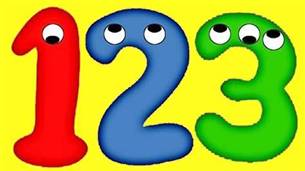
HOW TO MAKE PlCTURE DOMlNOES
Do you ever collect ice lolly sticks because they look like they will come in useful and then have a pile of them going nowhere?
Here is an idea that will need lots of sticks – a set of dominoes!
You need to just copy the pattern of a domino set onto the sticks but write the numbers instead of drawing the dots.
So for example you can write 1 in green at the end of one stick, then 2 at the end of one stick in red and then 3 in blue at the end of the next stick, and so on.
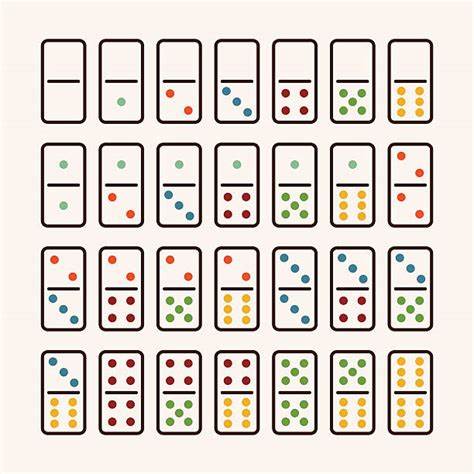
You can play this game with your younger brothers and sisters so that they can learn what numbers look like and if they are not good at numbers yet, you can carefully draw the dots on too.

If you don’t have sticks, you can use pieces of card. You can cut up a food packet and there will be plain white or grey card inside that you can draw on.
You can make your dominoes wider than the lolly sticks.
Then you will have room to write numbers, draw on dots, draw shapes like circles and squares – or draw pictures. You will only need to choose six different shapes. Then you can colour them in if you want to.
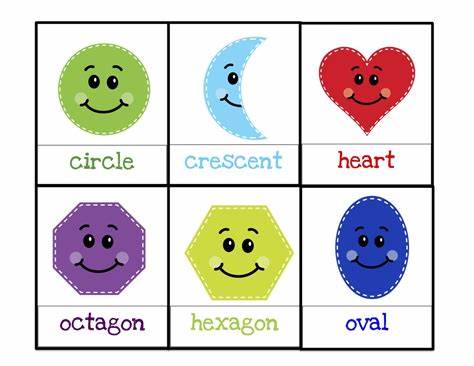
You can make a set of dominoes with farm animals on – or sea creatures, or wild animals, or things in your pencil case, or pieces of furniture – use your imagination.
You will need to give each picture a number value as well so that you can play the game.

Who will you choose?
This is how we play the game.
- You can have 2-4 players.
- Put all the tiles on the table face down.
- Slide them around so that they are muddled up.
- Each player picks a tile.
- The player with the highest number goes first.
- The tiles are put back and reshuffled – that means moved around face down.
- Each player takes seven tiles.
- The rest of the tiles are put aside on the table still face down – this place is called the boneyard.
- The players have their tiles facing them and up on their sides so that nobody else can see what they have.
- The person chosen to go first lays down the tile they have with the biggest number – so the double six if they have it or if not, then the double five for example.
- When it is your turn, you have to place a domino down by matching numbers up on the tile you are playing with one of the numbers that are exposed at the two ends of the line – doubles are placed sideways.
- lf somebody can’t go, then they take a tile from the boneyard and play it if they can and keep it if they can’t.
- Whoever gets rid of their tiles first is the winner.
- lf the game is blocked and nobody can move and the boneyard is empty the person left with the lowest number of pips wins.
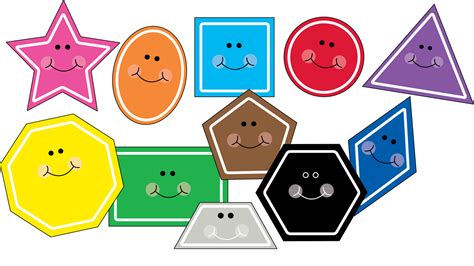
Please note that the material on this blog is for personal use and for use in classrooms only.
It is a copyright infringement and, therefore, illegal under international law to sell items made with these patterns.
Use of the toys and projects is at your own risk.
©Christina Sinclair Designs 2015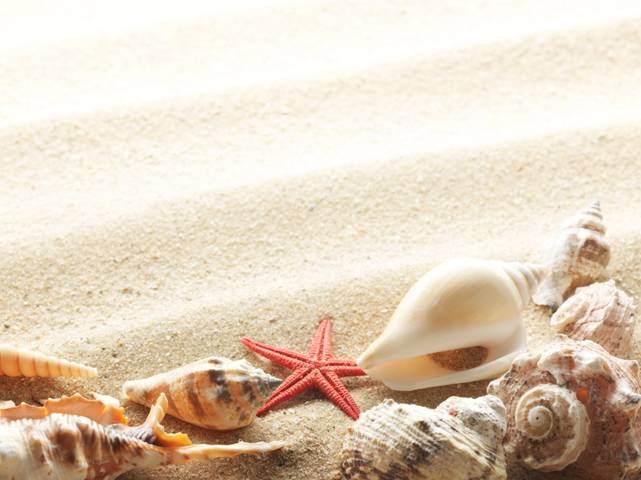


Quick Quiz Answers
60



